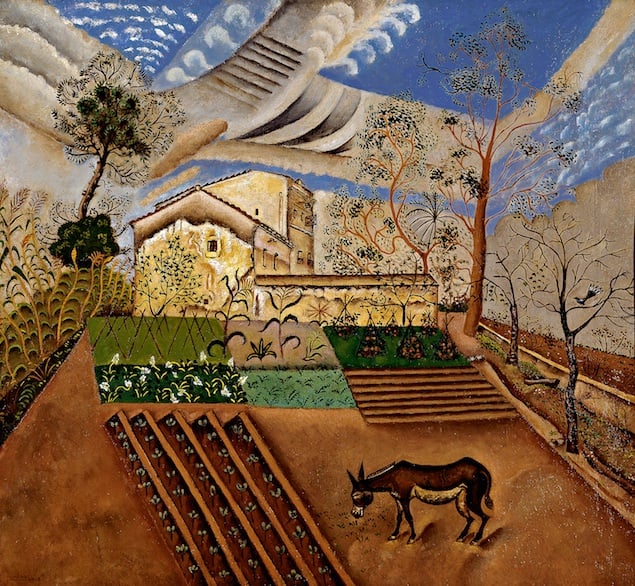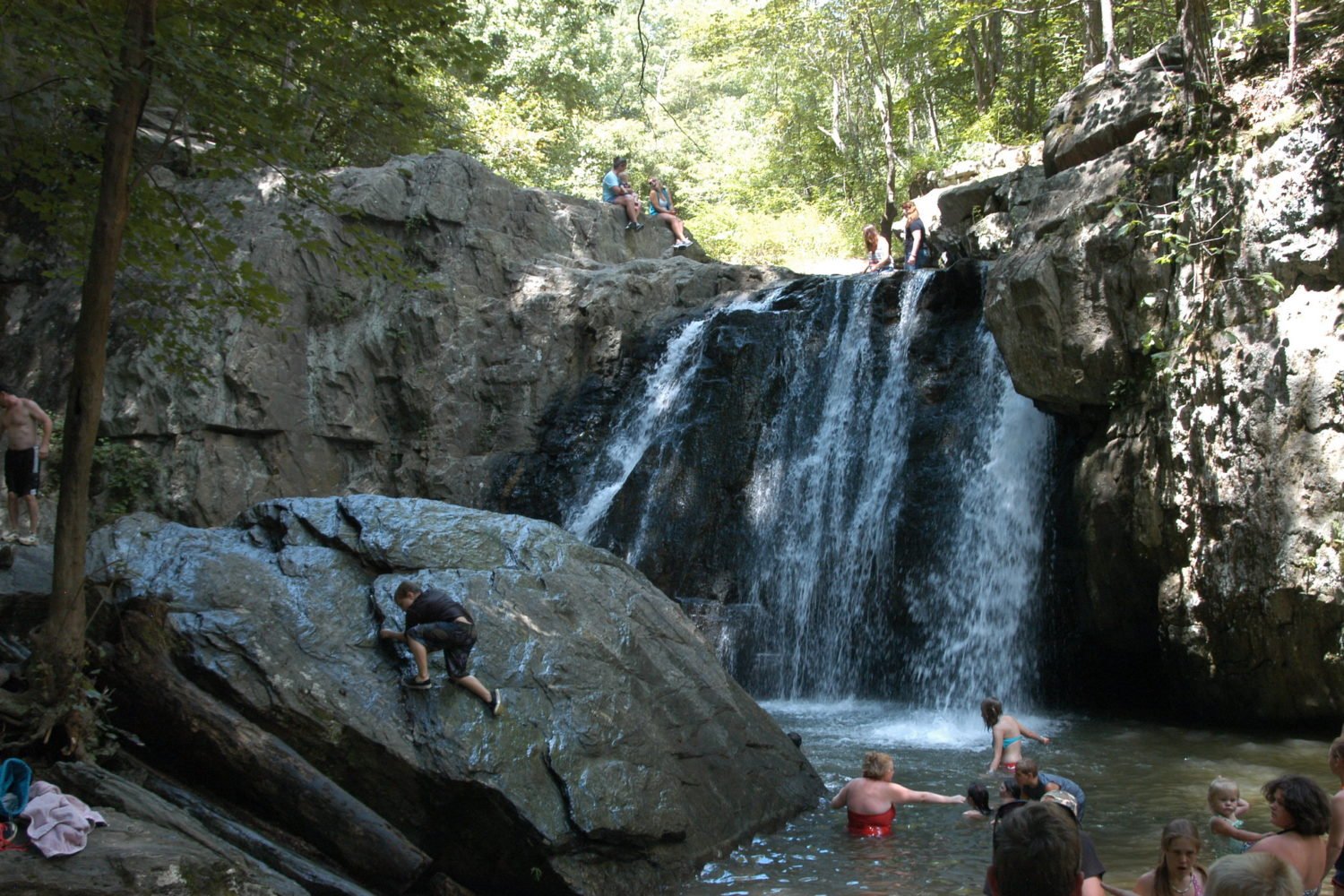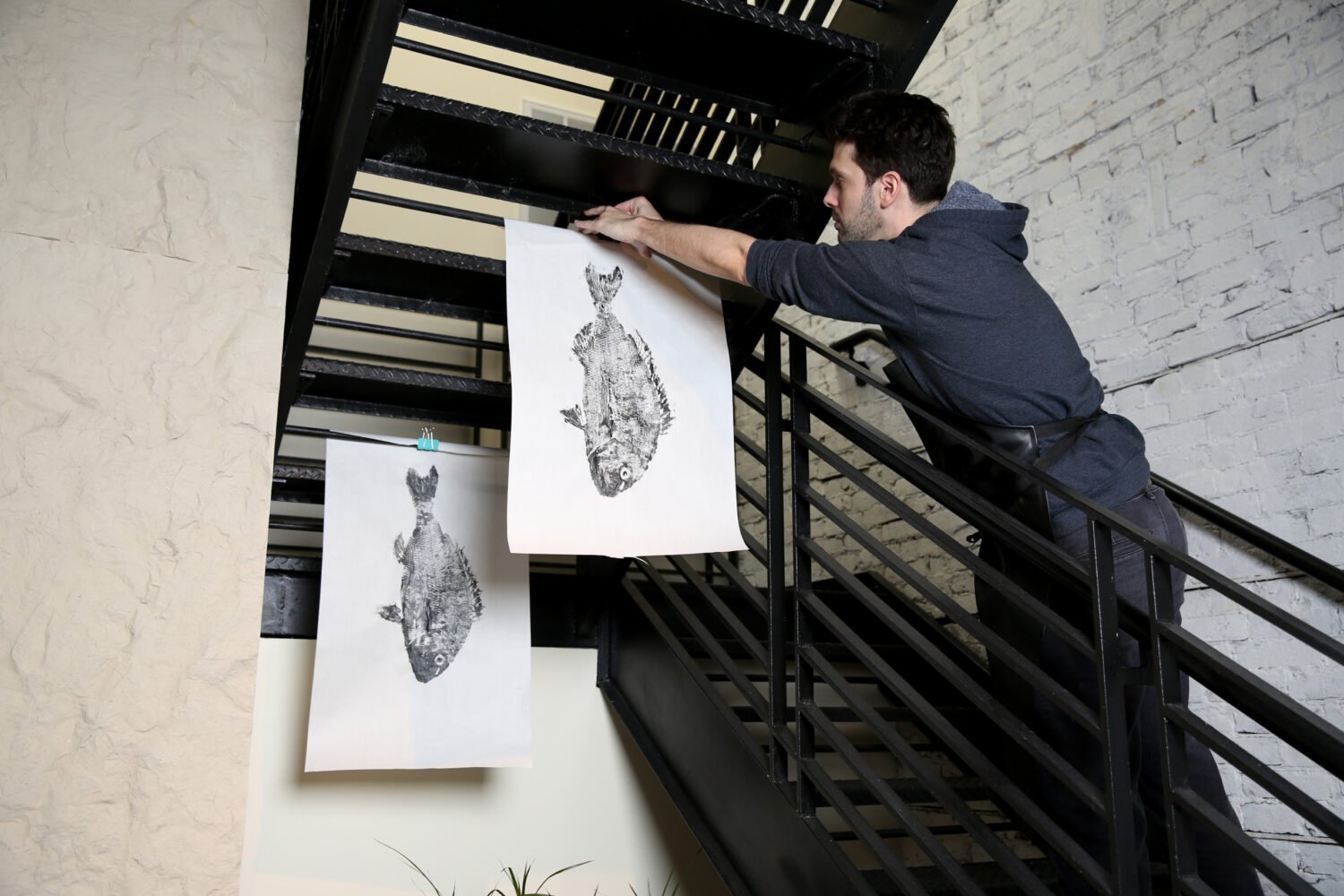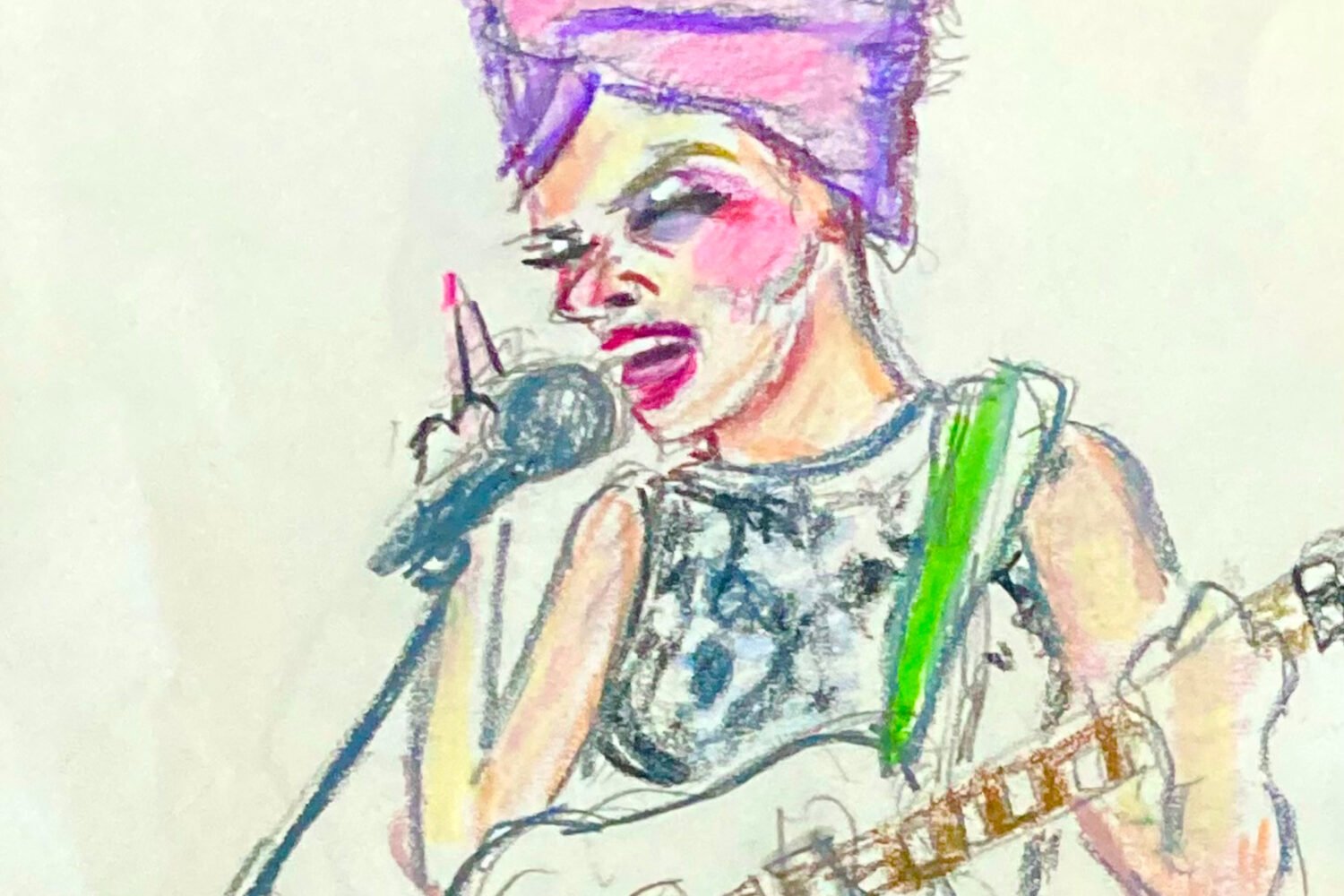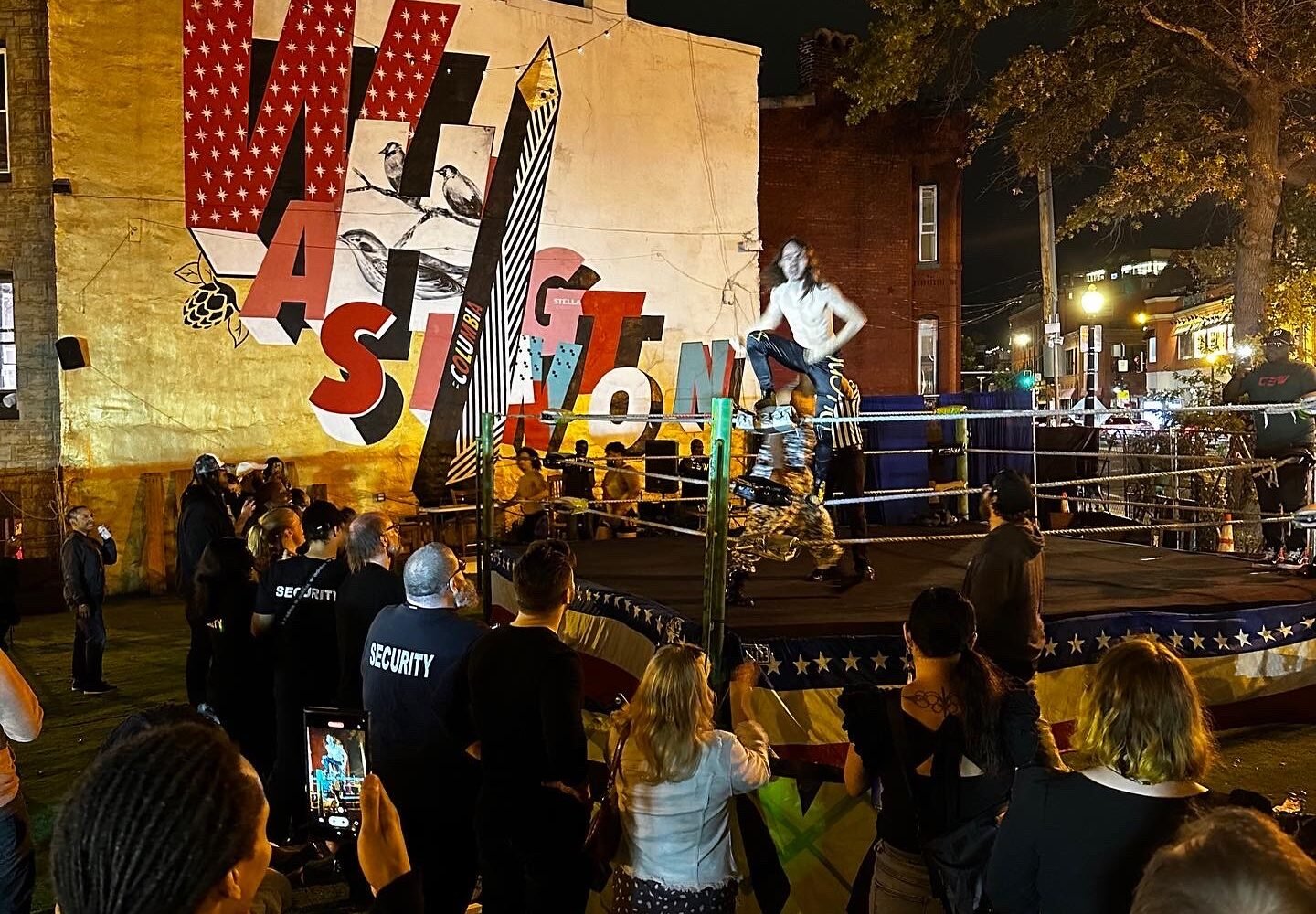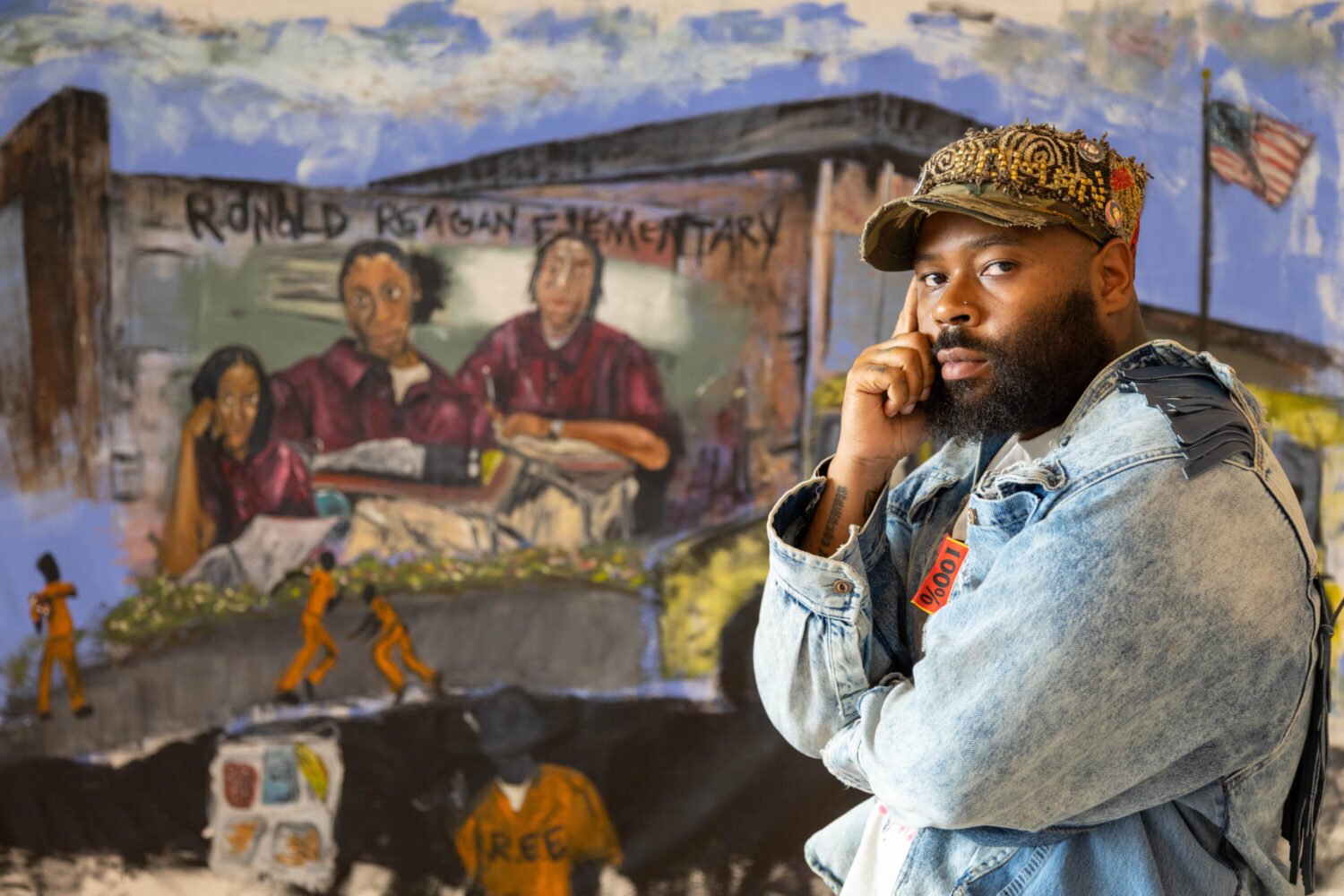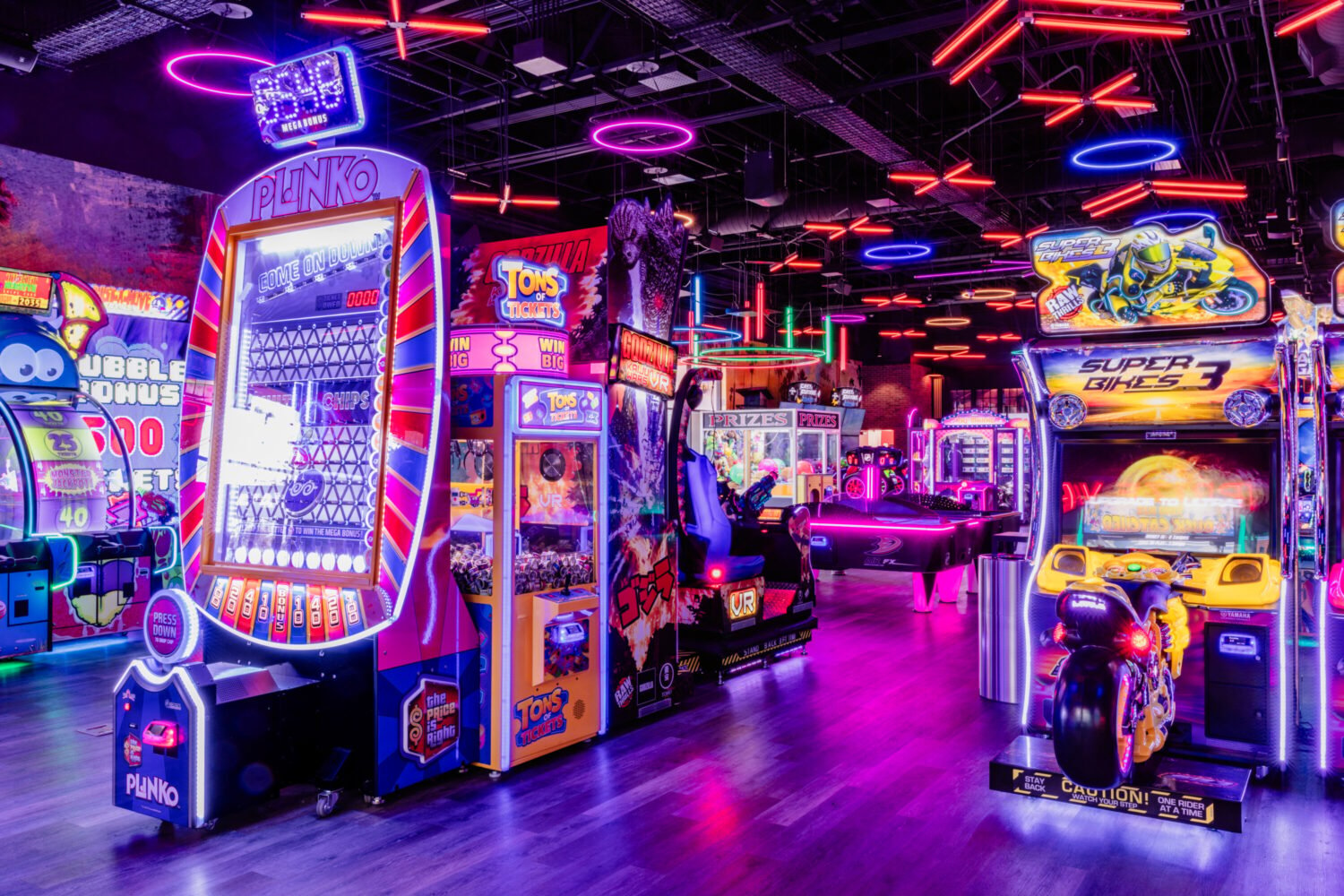“I understand the artist to be someone, who, amidst the
silence of others, uses his voice to say something,” said Joan Miró
in 1979. At the National Gallery this summer, the extent of
Miró’s political involvement is revealed in gorgeous, sprawling
detail, from the hidden symbols in his early works to the
iconoclasm of the vast, deconstructed canvases he worked on in 1973,
around the time of his 80th birthday.
“Joan Miró: The Ladder of Escape” comes to Washington
from London’s Tate Modern and Barcelona’s Fundació Joan Miró, and
includes
around 120 paintings, drawings, and prints by the Catalan
artist, spread out over two floors and a series of rooms. To say
the show is grand in scale–with pieces dating from 1918 to
1974–is an understatement, but it isn’t until the second floor
that Miró’s function as a barometer of his era becomes clear.
In his 1918 work “Vegetable Garden and Donkey,” the scene seems
at first to be idyllic and pastoral, with a donkey grazing in
front of a small patch of plants. But overhead, the clouds loom
large, shaped squarely like an airplane and painted in hues of
black and gray. Some trees are bare, while the hungry animal
threatens the quiet order of the vegetables he’s about to eat.
In 1920, two years after the end of the First World War,
Miró moved to Paris, where he joined a culture of bohemians including
Ernest Hemingway, who later bought the 1921 work “The Farm” for
3,500 francs. The painting, with its symbols and intricate
detail, is one of the jewels of the National Gallery’s
permanent collection. Under a deep blue sky, its “Where’s Waldo”-like
elements include a barred, cell-like window, a maid washing
clothes, and a tiny fat Buddha. While not yet explicitly surreal,
the painting reveals an interest in the heightened, selective
expression of images that came to characterize Miró’s work,
as well as an uneasy relationship with his homeland.
“Catalan Landscape,” painted in 1923-24, paints a
similar scene, but the influence of surrealism is much more vividly
felt.
The sky is an ungodly shade of lime green, the animals twisted,
barely recognizable grotesques: a pig with one blue eye and
eyelashes reaching to the ground; a cone-like obelisk with a
flame protruding from its tip. The letters “SARD” stretch across
the bottom right-hand corner. In the background, you can barely
make out the crossed flags of France and Catalonia, attached
to a scythe and suspended over a ladder: Miró’s two countries
of residence, represented not prominently, but clearly.
In the late ’20s, crowded, ornate detail gave way to
vivid simplicity, with distorted animals or objects situated among
desolate,
barren landscapes. In “Painting (Head),” done in 1927, a bare
white face consists of two spots for eyes and a spider-like
smile with eight branches stretching out over the work. But the
most overt political aspects of Miró’s work appeared in the
1930s, when the Spanish Civil War and the totalitarian
leadership of Franco loomed. Unrest can be seen in a series of 1934
pastels, depicting grimacing cartoon figures, teeth bared,
sporting bulbous, tumor-like appendages, while a 1937 self-portrait
depicts the artist amid a cloud of burning suns, his face
contorted and frowning. In 1960, Miró discovered a copy of the portrait
and painted over it, giving himself a cartoon-like round face
with one red eye and three spiky hairs on his head. Out of disorder
comes clarity; out of chaos, simplicity.
But the most emotive of all Miró’s works come late in
the show, and bear few of the hallmarks of his distinctive style. In
the 1920s, the artist had written of wanting to “annihilate
painting,” and in December 1973 he did, producing the “Burnt Canvas”
series. Charred and sporting large, brittle holes, the
paintings reveal the wooden structure hidden behind them, with swaths
of negative space punctuating the messy, vibrant splashes of
color. The works are vivid and extreme, but somehow not as aggressive
as they might be. It’s hard to walk through the show without
feeling, again and again, a sense of their creator: embattled,
urgent, and sometimes ugly, but with a childlike curiosity
about the world around him.
“Joan Miró: The Ladder of Escape” is in the National Gallery’s East Building through August 12. For more information, visit
the National Gallery’s website.

